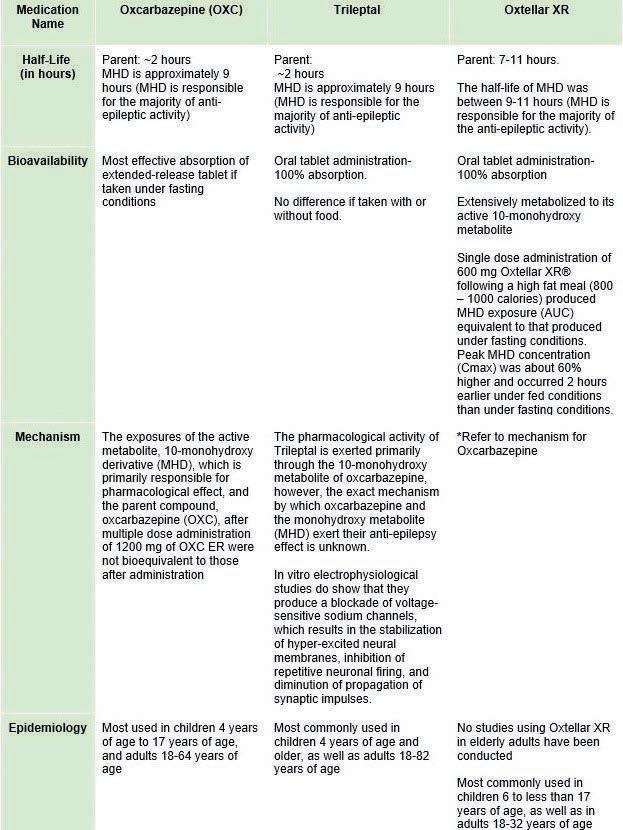Scholarly Research In Progress • Vol. 5, November 2021
Ethics and Current Climates Surrounding HPV Vaccination Yezhong Lu1† ¹Geisinger Commonwealth School of Medicine, Scranton, PA 18509 † Doctor of Medicine Program Correspondence: ylu@som.geisinger.edu
Abstract Human papillomavirus (HPV) is the most prevalent sexually transmitted infection (STI) worldwide, affecting both males and females. Roughly 150 HPV types have been identified, 35 to 40 of which can infect the anogenital tract. Infection with certain oncogenic strains is associated with cancers of the cervix, anus, vulva, vagina, and oropharynx. Although vaccination against HPV has been shown to be safe and effective at preventing HPV infection, controversies surrounding the widespread uptake of the available HPV vaccines persist. We examine the notable ethical debates surrounding HPV vaccination programs, including issues of cost efficacy, adolescent autonomy and consent, parental involvement in vaccine decision-making, male inclusion in vaccination programs, and perceived barriers to vaccination. A common theme that emerged within many of the topics we present involved the dynamics of adolescent-parent relationships, which we consider at length to inform future interventional strategies. Despite the safety and efficacy of the HPV vaccine, the potential of becoming infected by HPV remains high, likely due to overall low vaccination uptake. In this review, shortcomings in previous vaccination programs are addressed, while interventions that may enable the success of future strategies are highlighted.
Introduction Human papillomavirus (HPV) is the most prevalent sexually transmitted infection (STI) worldwide (1, 2). When it was discovered in the 1980s that HPV had a causal relationship to cervical cancer (1), vaccination research and investigation into the strategic implementation of HPV vaccination programs came to the forefront of international public health. While the HPV vaccination has been shown to be largely effective in combating cervical cancer and other HPV-associated cancers, the advent of national HPV vaccination programs has not been without ethical controversy. In this review we introduce and examine notable ethical debates surrounding the adoption of HPV vaccination programs. We explore issues including cost efficacy, adolescent decisionmaking capacity, consent, the role of sexual behavior, male inclusion in vaccination programs, educational strategies, and potential conflicts of interest. As these topics are presented, we will discuss how they relate to ethical considerations in the context of patient autonomy, beneficence, and social justice. The synthesis of these considerations is pertinent to the development and application of HPV-related public health policy.
Methods The electronic database PubMed was the primary source for article identification. The database was searched for articles from the years 2000 to 2021. Appropriate free text and MeSH
terms were used to identify all studies. Articles identified using search term “vaccine,” “epidemiology,” “etiology,” “prevention,” “gender,” “consent,” “parents,” “program,” “ethics,” and “education” were paired with “HPV” or “human papillomavirus.” Articles were independently appraised and assessed for quality, and reference lists were scanned for additional studies of potential relevance.
Discussion Background HPV is the most common sexually transmitted disease in the United States (2). To date, more than 100 HPV serotypes have been identified. Although the mechanisms by which these serotypes manifest are highly variable, ranging from innocuous lesions to various forms of cancer, transmission occurs primarily through direct skin-to-skin contact (3). In 1996, the World Health Organization, along with the International Agency for Research on Cancer, recognized the link between HPV and cervical cancer (1). Since then, the association between oncogenic strains of HPV and cervical cancer has been well established, with HPV types 16 and 18 associated with 70% of cervical cancers and cervical intraepithelial neoplasia (CIN) (4). Furthermore, oncogenic strains of HPV have been linked to cancers of the anus, vulva, vagina, and oropharynx (2). Indeed, while HPV has been implicated as a common cause of cervical cancer among women, it is notable that, among males, the incidence of HPV associated penile, anal, and oropharyngeal cancers are on the rise (5). Worldwide, cervical cancer is attributable to more than 250,000 deaths per year, having a disproportionately higher incidence rate in developing countries where resources for preventive methods and secondary treatment are scarce (2). Epidemiological studies have shown that, following the introduction of the Papanicolaou (Pap) cytology test, and the implementation of well-organized screening programs, rates of cervical cancer mortality have significantly declined (6–9). Despite these efforts, cervical cancer remains the second most common cancer among women worldwide (2).
Discussion HPV prevention Engaging in sexual activity at an early age, or having multiple partners, increases the risk of HPV infection. Likewise, “safesex” practices and condom usage as a method of contraception cannot guarantee protection from HPV infection, as transmission can occur via skin-to-skin contact (2). Thus, the primary means by which HPV infection is prevented is via vaccination.
37












































